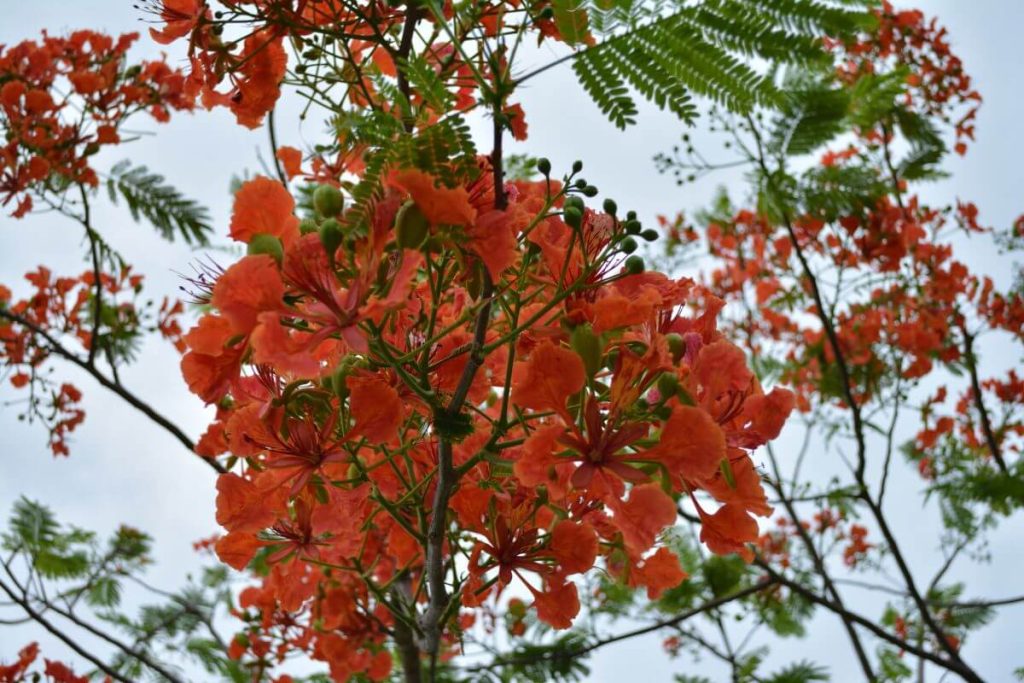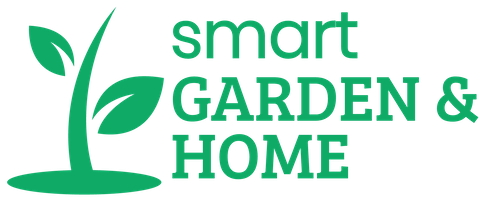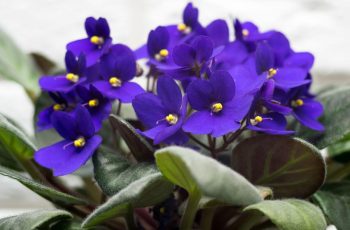Interested in caring for the Red Bird of Paradise? This stunning plant adds vibrant color to gardens and has a rich history of medicinal uses. Known scientifically as Caesalpinia pulcherrima, this flowering shrub is essential for any plant enthusiast.

1. Plant Overview
The Red Bird of Paradise features bright orange-red blooms that attract hummingbirds and butterflies from spring to summer. Native to South America, it thrives in arid environments, making it perfect for drought-tolerant gardens.
2. Key Care Essentials
To keep your Red Bird of Paradise healthy, ensure it has:
2.1 Well-draining Soil
This plant tolerates various soil types as long as they drain well; avoid heavy clay. A mix of Fox Farm Ocean Forest, perlite, and orchid bark is ideal. Space plants at least 30 inches apart to prevent overcrowding.
2.2 Lighting Needs
Full sunlight is best, but it can tolerate partial shade. If grown indoors, place it near a window with bright, indirect light. Full-spectrum LED lights can help mimic natural sunlight.
2.3 Watering and Humidity
Once established, water monthly, increasing to weekly during spring and summer for abundant blooms. Use a moisture meter to maintain soil moisture around 3-4 on a scale of 1 to 10, and avoid overwatering.
3. Temperature Preferences
The Red Bird of Paradise thrives in warm temperatures above 55°F. Protect it from frost, and mulch around the base during winter to ensure it survives until spring.
4. Fertilization and Pruning
4.1 Fertilization
Fertilize with a standard liquid fertilizer every two weeks during the growing season. Use rainwater or distilled water to prevent chemical burns from tap water.
4.2 Pruning
Regular pruning removes frost-damaged limbs and dead leaves. Trim bloom stalks after flowering to prevent unwanted seed pods.
5. Propagation Techniques
Propagate from seeds by scarifying them and soaking in warm water for 24 hours before planting. Follow specific germination steps for successful growth.
6. Pet Safety and Pest Management
6.1 Pet Safety
This plant is toxic to pets, particularly the seeds, which can cause gastrointestinal issues. Keep it out of reach of animals.
6.2 Pest Management
Watch for pests like spider mites and aphids. Use organic methods like neem oil to combat infestations and ensure good drainage to prevent root rot.

Conclusion
The Red Bird of Paradise is a low-maintenance, vibrant addition to any garden. With proper care—adequate sunlight, well-draining soil, and regular maintenance—you can enjoy its beauty for years to come. Happy gardening!




